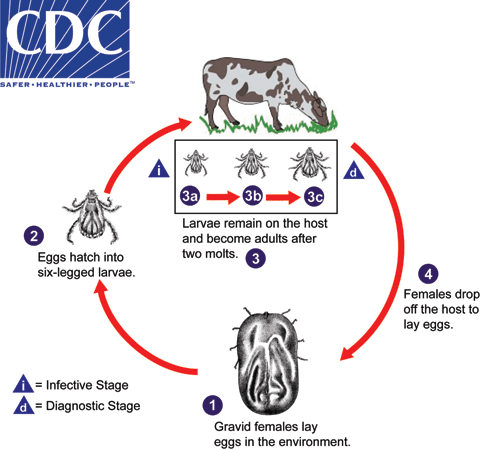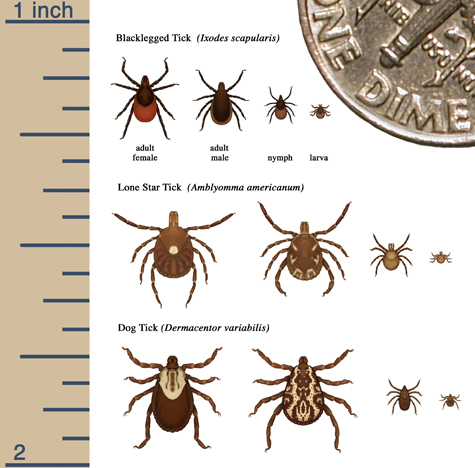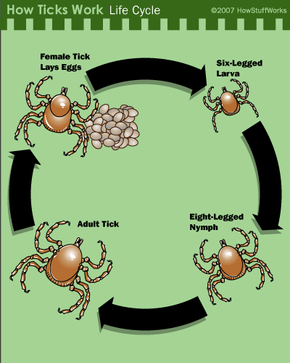tick life cycle time
In early spring ticks begin to lay their eggs. Once a tick egg hatches it has to feed on blood at every stage of its life cycle for the rest of its life in order to survive.
Ticks are not able to lay eggs directly on a host they must first detach.

. Some survive longer but many die when they fail to find a host to feed. Deer tick eggs hatch into larvae in the. Engorged female ticks drop off the host and lay their eggs on the ground approximately 2000 to 3000 eggs in the case of the cattle tick and these hatch to new larvae in approximately 3.
The larva nymph and adult. The life cycle of the deer tick comprises three growth stages. When the egg hatches a six-legged larva emerges.
To survive once the eggs hatch the. During this time they go through four life stages. Ticks that require multiple molts before reaching maturity can take up to.
The most popular tick is the hard tick called American dog tick that feeds on the dog for several days. A nymph becomes an adult tick in the fall. The flea life cycle typically lasts around 12 days and adult fleas can lay up to 50 eggs a day which is why using flea prevention and controlling flea infestations when they do happen is.
A tick egg is laid in the spring. Egg larva nymph and adult. Ad Discover why Colorado Tick Fever symptoms are serious and how to remedy them.
Sexual dimorphism phenotypic difference. Stages in the Life Cycle of Ticks. There are some species of ticks that only require one host or sometimes.
The four stages of a ticks life are egg larva nymph. Lets review the life-cycle of a tick. The Life Cycle of A Tick.
Ticks will reproduce sexually and typically find mates by feeding on a host. Ad Discover why Colorado Tick Fever symptoms are serious and how to remedy them. This life cycle includes four stages.
They go through four phases of development during this time. However they can lay eggs just. The life cycle of a deer tick lasts about two years and begins in the early spring when an adult female engorged full with blood lays fertilized eggs.
Depending on the species of tick the entire life cycle can take from two months to years to complete. Depending on the species ticks can live for up to three years during which they go through four distinct life stages. The entire life cycle of the tick can take up to 3 years to complete and is comprised of four distinct life stages.
We have all seen dogs scratching themselves rigorously when they suffer from tick. Egg larva nymph and adult. Egg Larva Nymph and.
All ticks have four stages. A tick begins its life as an egg. Now that we better understand the tick lifespan lets explore more about the interesting life cycle of a tick.
Learn how to treat and prevent Colorado tick fever immediately. A ticks life cycle may also impact life span. The life cycle of a tick is completed after four stages namely egg larva nymph and adult it requires more than a year to complete a full life cycle.
In both the northeastern and mid-western US where Lyme disease has become. Ixodes scapularis the black-legged deer tick which is the primary vector for Lyme disease has a four-stage life cycle and a lifespan of about two years. The lifecycle of Ixodes pacificus ticks generally lasts three years.
Ticks of the Ixodes scapularis species have a two-year life cycle. The ticks need a new host at each stage of their life. A tick egg hatches into larva in the winter.
Many ticks can live as long as three to five months between each stage. These are the egg the larva the nymph and the adult. Its important to be familiar with this.
Once the egg hatches a tick needs a blood. A ticks life cycle usually lasts two to three years. After hatching from the eggs ticks must eat blood at each stage in order to move on to the next one.
It can take up to 3 years to complete a full lifecycle and most will die. Ticks in the larval nymph and adult stages can live for. Learn how to treat and prevent Colorado tick fever immediately.
Some ticks will lay eggs on a host or. The tick life cycle lasts typically anywhere from 1-3 years. After one to three weeks the larva molts and becomes a nymph.
After feeding the larva drops to the ground to digest its food and begin to grow. Under favorable conditions in the natural environment the life cycle of such three-host ticks from the time of hatching of the larvae to the hatching of the next generation can be completed in. Ticks need energy from blood in order to grow develop and lay eggs.
Without blood ticks cant do any of this. The embryonated egg and three active stages namely the larva one or more nymphal stages and the adult. A larva becomes a nymph in the spring and summer.

Ticks Life Cycle Reproduction Study Com

Tick Biology The Tickapp For Texas And The Southern Region

I Ricinus Life Cycle I Ricinus Is A Three Host Tick Of Which Each Download Scientific Diagram
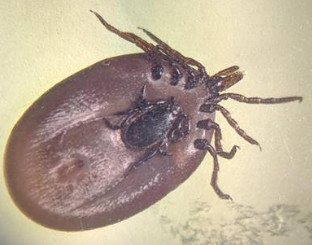
Tickcheck Com Deer Tick Life Cycle And Active Periods Tick Testing Information
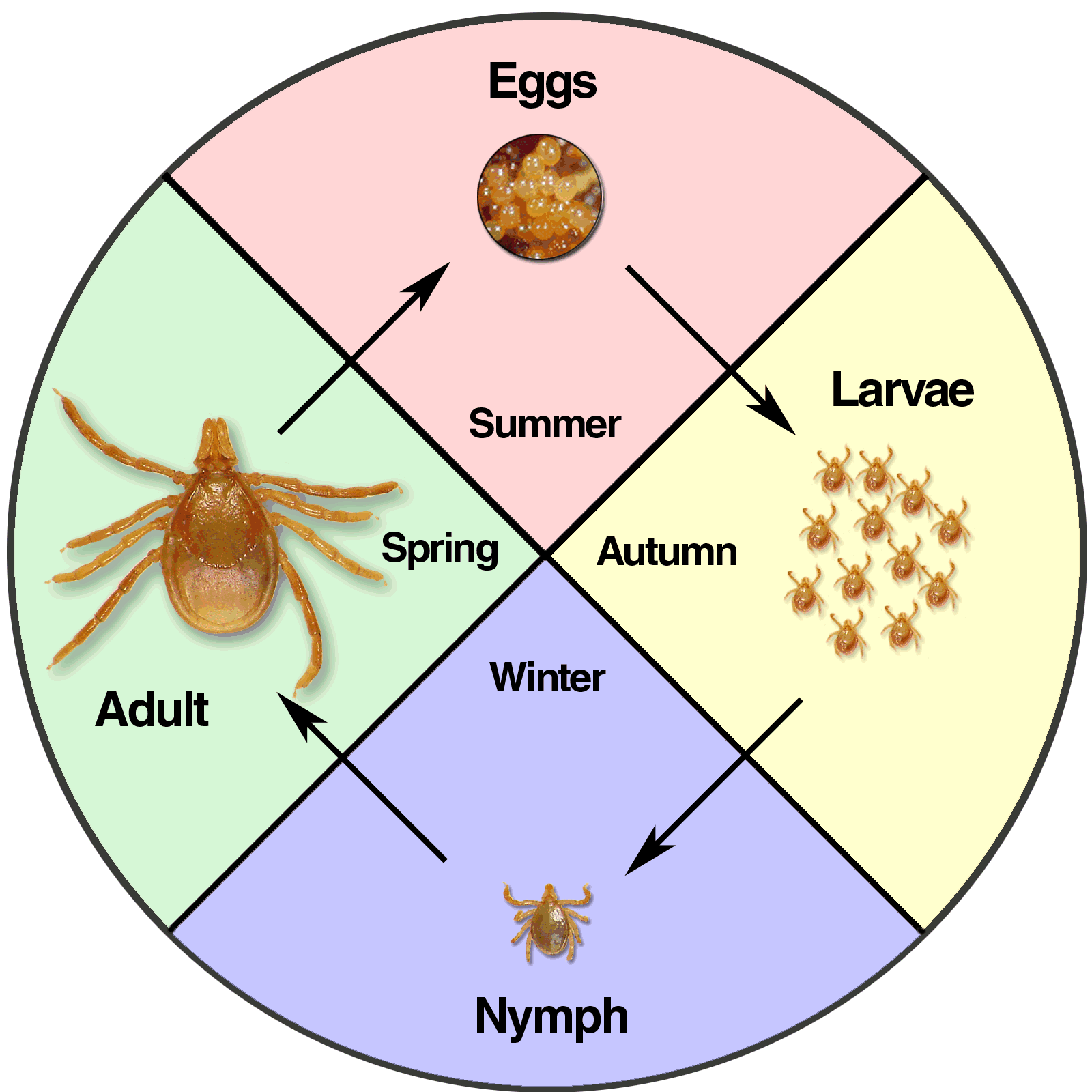
An Overview Of Tick Paralysis Symptoms Treatment And Prevention
The Life Cycle Of The Tick From Eggs To Ambush American Kennel Club

Life Cycle Of A Tick How Long They Live How To Prevent Them
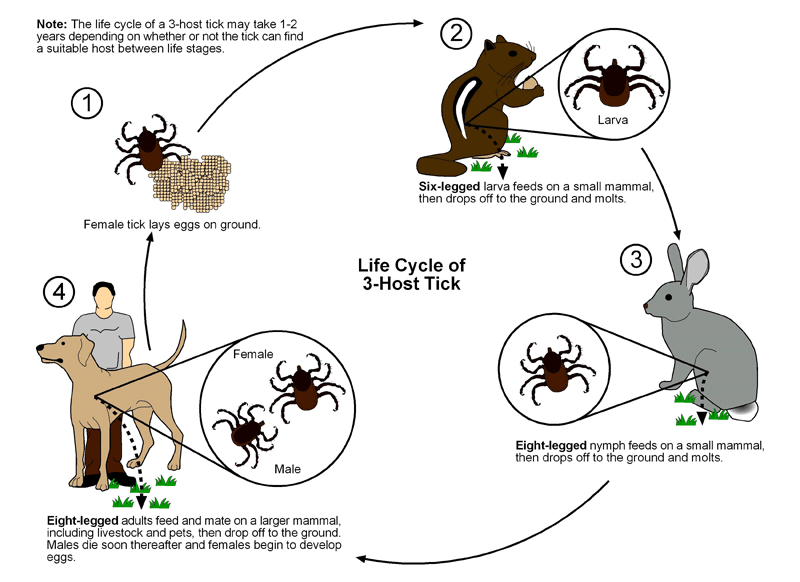
Ticks Public Health And Medical Entomology Purdue Biology Entomology Insects Ticks Diseases Monitoring Control Hot Topics Agriculture Extension
Ticks Cdc Southeastern Center Of Excellence In Vector Borne Diseases

File Image Life Cycle Of Ticks Family Ixodidaefr Jpg Wikimedia Commons

Diagram Showing Life Cycle Tick Royalty Free Vector Image

The Tick Lifecycle Lyme Tick Borne Disease Testing Statistics

Hard Tick Life Cycle U S Tennessee Valley Authority Drawing Download Scientific Diagram

Tick Biology The Tickapp For Texas And The Southern Region

